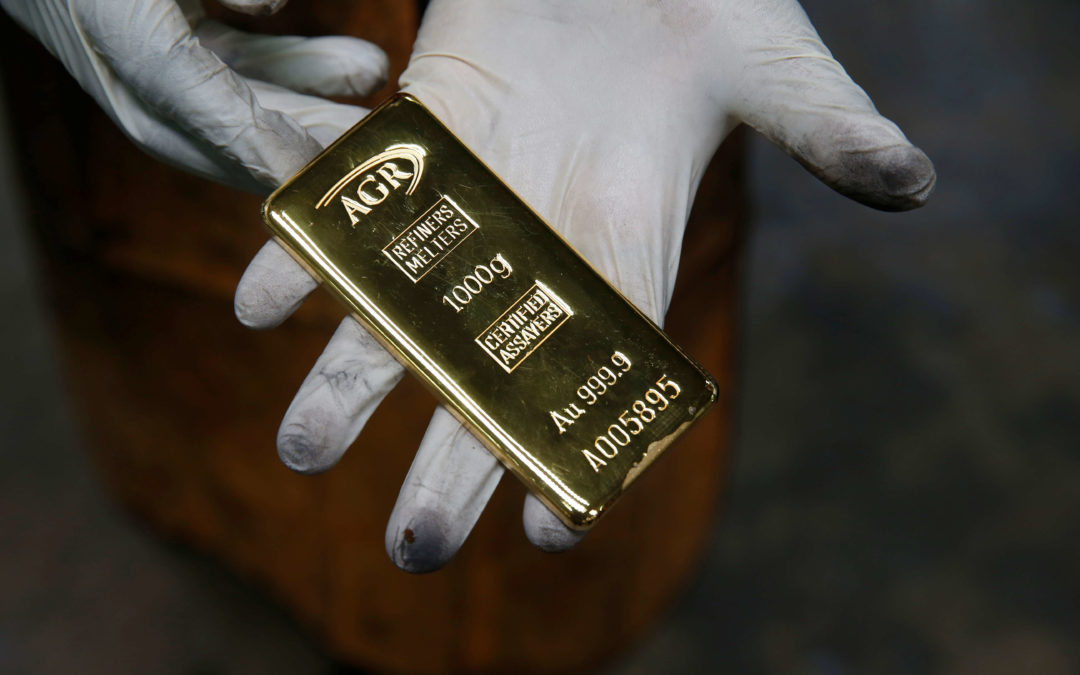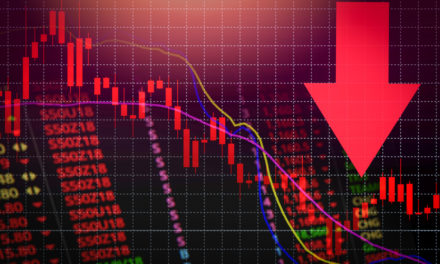If you are a long-suffering gold holder and have paid any amount of attention to the way gold trades, you are familiar with the phrase ‘failure to deliver.’ You’re probably also someone who refers to the COMEX as the ‘CRIMEX.’
And with good reason.
The gold futures market is one of the most ridiculed and observed markets in the world. It trades at ludicrous multiples to warehouse storage which allows for unlimited amounts of paper gold to be created against the physical stores of the exchange and somehow, miraculously, every month there’s always full settlement.
Everyone denies there is price-fixing in gold and silver and yet there is a small but steady flow of people to courtrooms found guilty of manipulating these important markets.
And for years we’ve been waiting for that moment when the demand for real gold would break the backs of the “paper hangers” on the COMEX and end the charade that is price discovery there.
Well, for a few days this week, we actually saw this happen.
Gold went into backwardation, where the front-month contracts were trading at a higher price than the later months, and the premiums between the spot gold price and the futures price spiked more than $70. As of late Thursday evening, that spread had collapsed to under $10.
It’s usually about $4-5.
And with the COMEX raising margin requirements earlier in the week, that arrested the rally in gold, forcing longs to liquidate. And since then, the price has settled back down into the $1,630’s after flirting again with $1,700.
The official story was there was, finally, a shortage of 100-ounce COMEX deliverable bars and the rules of delivery had to be changed to accept 400-ounce LBMA bars instead because those LBMA bars couldn’t be smelted down. The Swiss gold refineries are all shut down thanks to COVID-19.
That’s the official story.
I’m sure someone believes it. Since the demand for physical gold is currently off the charts. And while all of the analysts were telling us that there’s plenty of gold out there the reality is quite different.
But, believe it or not, I’m not here to grind this particular axe about the gold market. I made my peace with the manipulation years ago. I only bring it up to remind everyone that because of the way gold trades it creates imbalances in other areas of the market since the gold price doesn’t reflect the stock of money or even its velocity.
In the same week the gold futures market nearly had its “come-to-Jesus” moment, the U.S. treasury bill market had its — breaking through the zero-percent barrier to trade at negative nominal yields.
And, as Zerohedge pointed out in a particularly insightful article recently, because we can’t buy physical gold in any, “size and at spot, Bills it is especially once a depository institution fails and the bank runs begin: at that moment, negative yields will go well into coupon territory.”
People looking for some form of cash equivalent to retain liquidity have no other choice but to push short-term T-Bill rates negative.
And that creates the one-way trade that same article discussed at length: that bills are sold at zero yield at auction and then immediately flipped into the open market at a higher price/lower yield.
So, like every other government intervention, the price cap on T-Bills creates a dysfunctional market for them when coupled with real supply shortages in gold because the price is kept so artificially low that no one actually wants to sell the real thing to anyone.
And if you think this dynamic is going to change anytime soon, then you haven’t been watching the gold market very carefully for the past decade. The Treasury, the money center banks and the Fed will do everything in their power to keep gold marginalized and its price suppressed in order to keep confidence high that their monetary and fiscal insanity is actually working.
Because, at the end of the day, gold’s naysayers are right. Gold is ultimately a check on our confidence in the stewards of our national currencies. But events of this week also point out that the market is starting to scream out that it’s time for its role in the economy needs to change.
The government cannot just approve $2 trillion in new spending and lending helicopter money and not have that reflected in the price of gold.
It’s become quite clear to me that the less gold behaves the more hysterical the calls against its role as a monetary asset become.
I still believe we are in the early stages of a massive U.S. dollar rally which everyone at the Fed, the U.S. Treasury and the major central banks are scared to death of. Their early response to this market collapse has been historic in its severity.
They understand that if they do not reflate equity and commodity prices quickly, they will lose that confidence that is so very important to their continuing to wield power.
And gold’s big bounce off its recent lows to challenge the most recent high is a major sign that that confidence is already, in effect, gone. We still want to believe the Fed and the government have the capacity to fill the monetary void.
When we no longer want to believe the wizard is all-powerful, that’s when there will be no holding gold back. We got close to that this week, but close isn’t good enough in this game.
• Money & Markets contributor Tom Luongo is the publisher of the Gold Goats ‘n Guns Newsletter. His work also is published at Strategic Culture Foundation, LewRockwell.com, Zerohedge and Russia Insider. A Libertarian adherent to Austrian economics, he applies those lessons to geopolitics, gold and central bank policy.




